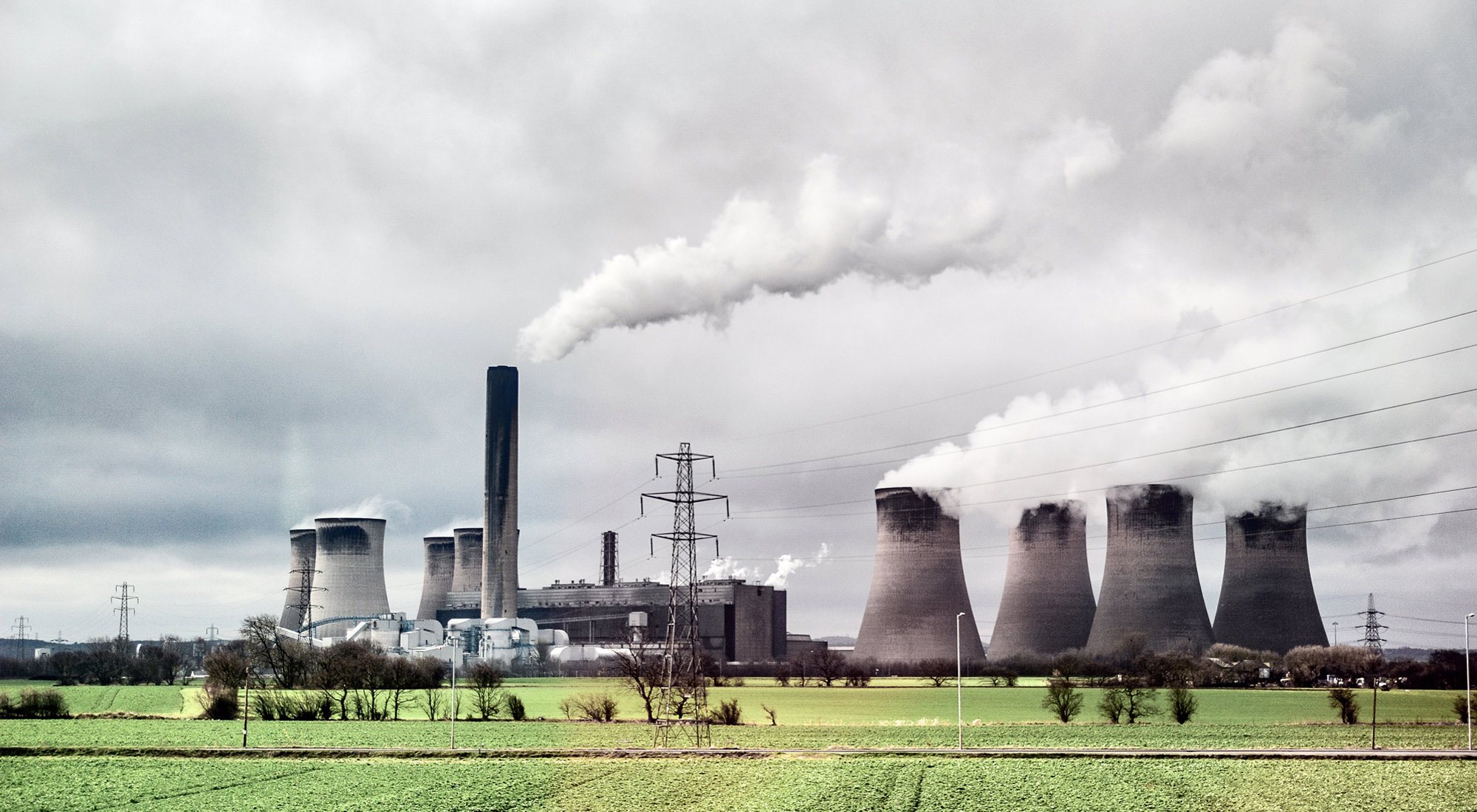Anthropogenic activity has caused – and continues to cause – significant changes in the Earth's climate through emission of greenhouse gases, deforestation, and industrial processes. These changes include shifting weather patterns, more intense tropical cyclones, and exposure of certain areas to more intense non-tropical storm systems. In the United States, climate change has been found to be a factor in the shift of two of the country's weather 'alleys'. 'Tornado Alley' historically referred to parts of Texas northward to areas of South Dakota but more recently includes portions of Arkansas, Mississippi, Alabama, and western Tennessee. 'Hail Alley' historically referred primarily to areas of Colorado, Nebraska, and Wyoming, but has also more recently shifted eastward. The upshot of these shifts is that different areas of the country are now experiencing weather-related risks that they have not typically had to deal with. While insurers historically have offset weather-related risks through premium rates and calculating deductibles as a percentage of policy limits/insured values, more recently they have been unwilling to cover certain climate-related risks, either adopting policy exclusions or exiting certain geographic markets altogether. We expect insurers to continue taking such a stance.
Informed Insurance
Informed Insurance

Climate change litigation in 2026: Actions in Asia and Africa highlight increasing risks for states and corporates
To accompany the fifth edition of our interactive climate change litigation map, our experts look back over the significant decisions from 2025 and...

A green light for Italian climate change litigation: Greenpeace and others v ENI
The Court of Cassation in Italy has handed down a judgment that will have wide-reaching implications for climate change litigation in Italy, after ...

A starting point, but not the final word: International Court of Justice issues landmark climate opinion
The International Court of Justice has issued a historic advisory opinion that states worldwide have legally binding obligations under climate chan...

Our Top Five Economic predictions for 2025
To highlight our new economic theme on Informed Insurance, Charlotte Shakespeare, Legal Director and editor of our Predictions for 2025, shares her...

Our Top Five ESG predictions for 2025
In our ongoing #DACBCrystalBall series, Charlotte Shakespeare, Legal Director and editor of our Predictions for 2025, shares her Top Five ESG predi...

Predictions 2024 – Charlotte Shakespeare's Top Ten
In our ongoing #DACrystalBall series, Charlotte Shakespeare, Legal Director and editor of our Predictions for 2024, once again shares her Top Ten p...